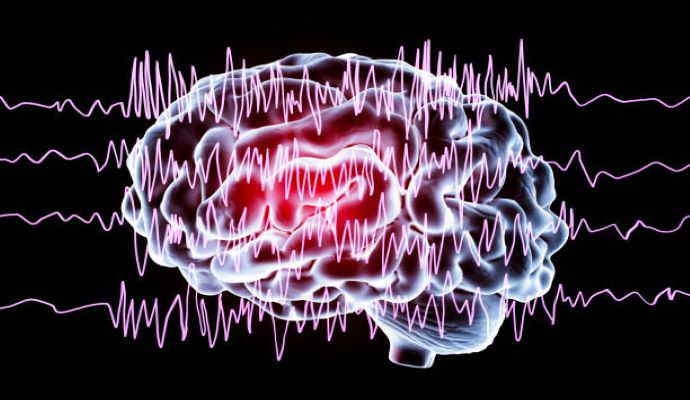Vagus Nerve Stimulation Augments Behaviors in Epilepsy Patients
Vagus Nerve Stimulation Augments Behaviors in Epilepsy Patients

Source: Getty Images
- Scientific Reports recently published a study that concluded transcutaneous vagus nerve stimulation (tVNS) altered cooperative behaviors in epilepsy patients. According to the Epilepsy Foundation, traditional vagus nerve stimulation (VNS) was first approved for epilepsy treatment in 2017.
VNS is like deep brain stimulation; it involves the implantation of a device that administers pulses to mitigate external symptoms. VNS is most used to treat epilepsy and depression. However, it is typically only used for treatment-resistant conditions as it is an invasive intervention.
Conversely, tVNS is a noninvasive approach in which there is no surgical device implantation. Instead, the pulses are delivered externally by a device attached to the ear. While tVNS is not as widely studied as VNS, there has been some proof of efficacy.
In this study, 19 patients with epilepsy who met multiple exclusion criteria were involved. Patients received tVNS or sham stimulation. The sham stimulation was essentially the application of the device without any actual stimulation.
The results showed that tVNS led to increased cooperation within a similar reaction time to the sham stimulation. The researchers concluded that there is a bidirectional relationship between vagal tone and social behavior.
“Our results indicate that alterations in vagal tone are not merely an adaptive process in response to social situations, but can also, in return, influence social behavior,” they stated in the publication.
This study has multiple significances in epilepsy management. The non-intrusive nature of tVNS might make it more appealing to patients concerned about adverse side effects.
tVNS is also comparatively more cost-effective than conventional VNS. According to a publication from 2018, the cost for placing a VNS device is $2661. This number does not include the $36,239 in device costs and the additional expenses associated with follow-ups and upkeep.
The WHO identifies epilepsy as one of the most common neurological diseases. Worldwide, epilepsy impacts about 50 million people. While many people can manage their epilepsy with medication, it can have potentially fatal consequences if left untreated.
Epilepsy is more prevalent in lower- and middle-income countries. Unfortunately, there is also a “treatment gap” in these countries, meaning that about 75% of epileptic patients living there cannot access the appropriate medications to treat their condition.
With healthcare costs continually increasing, a more affordable epilepsy treatment could be integral to management in lower-income countries. Further research on tVNS may also help generate additional data on its potential use for depression, thus addressing mental healthcare costs.
